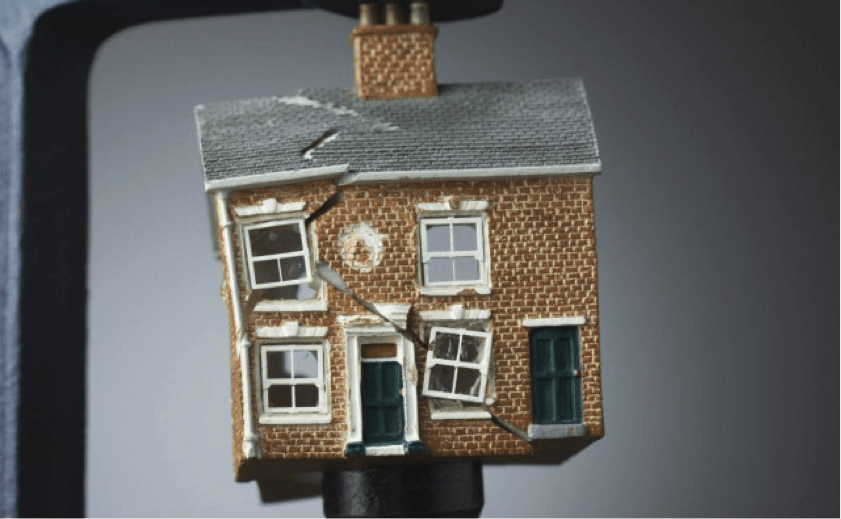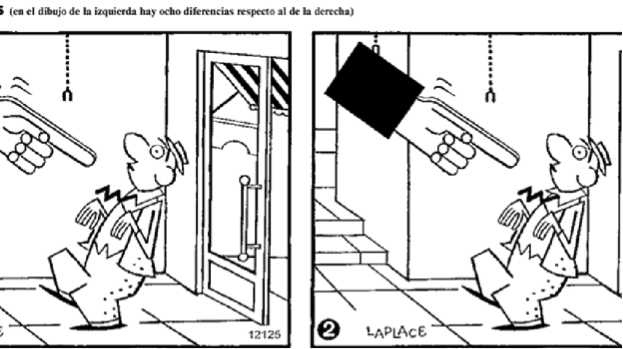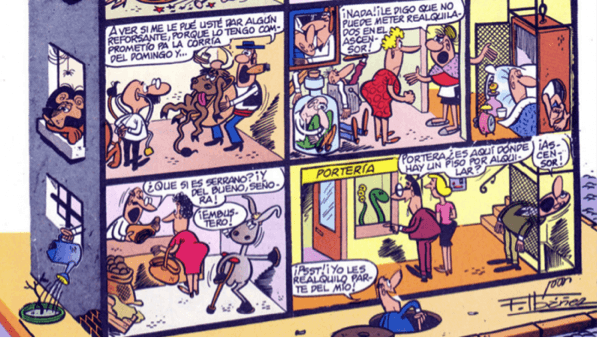To buy or not to buy? What to do when a "friend" asks for advice (Part III)
We explain what legal checks you need to make to ensure that everything goes smoothly for the friend who asks you for advice on whether or not to buy a particular property.
Today we culminate this trilogy of articles with the most exciting part of all. We explain what legal checks you need to do to make sure everything goes smoothly for your friend (and if you've made it this far in any of the formats suggested in what to do when a friend asks you to advise him on buying a flat(see the previous articles, part I and II, the previous articles, you should no longer doubt your friendship). Here are the 10 basic checks:
1. Is the seller the real owner? It seems an obvious question, but beware. When the intermediation is carried out by a real estate agency we assume that the agency has carried out this check, but just the other day I got my hands on the contract of that very modern dinosaur real estate agency that talks about the "traditional" agents of the Jurassic period and I realised that they do not check anything. On the other hand, the first thing we do is to check that everything is in order so that the property can be sold normally.
In this era of cool modernity, the "hard cash for four pesetas" is more valid than ever. Anyway, to check this we must ask for a "Nota Simple" from the Land Registry. It can be done on-line at www.registradores.org and costs less than 10€. It is worth it to avoid frustration and waste of time. All the people who appear as owners must sign all the documents linked to the sale (reservation, earnest money and, obviously, the sale and purchase in front of a notary).

2. Does the dwelling have any burdens that we should be concerned about? The same document that serves to verify ownership also provides us with other very relevant information: if it is mortgaged by a bank, if there is any seizure in process derived from the non-payment of taxes or the mortgage itself, if there is any relevant easement... The charges travel with the property and therefore, it must be clearly defined how and when each one of them is cancelled.
3. Is the registration description correct? We are still in the note, as it describes what the property physically looks like. In a very high percentage of cases, we will find differences between the reality and what is recorded in the registry. This is especially common in older properties, as the property has probably undergone renovations. This should not be of great concern, although it is a good idea to check that the boundaries are well described.
4. What is the actual surface area? The "nota registral" also gives us information about the surface area of the property, although it is very possible that it differs from the reality, especially in the case of older properties. In the end, the important thing is to contrast and compare the "registered" surface area with the "cadastral" surface area (which can be obtained from the Electronic Headquarters of the Cadastre) and the "useful" surface area specified in the "Cédula de Habitabilidad" (another document that we should request and check that it is not out of date).
When we go to the notary to sign, he will tell us that regardless of what it says in all the documents, what we bought is what we saw (they call it "cuerpo cierto", a word that is quite scary, isn't it?) and that we will not have the right to claim anything if reality and documentation do not correspond. When negotiating a purchase price, many times the seller has valued the property according to the surface area and the price per square metre in the area. Well, you would be amazed at the creativity of sellers and estate agents when deciding what surface area is used to value and advertise the property for sale: constructed surface area, useful surface area, real surface area, constructed surface area with common elements, constructed surface area with common elements and the 100% of patios and terraces... Chi lo sa! Since we are architects, it is a good idea for us to do a survey for our friend so that he knows the real surface area he is buying. That way he can negotiate with full knowledge of the facts.
5. What is energy efficiency? In general, we all ignore a lot of the information in this document, because the truth is that old properties score poorly. But with rising energy prices and global warming, maybe it's time to take a good look at those properties that score well, right?
The property must have its Energy Efficiency Certificate so that the buyer can know what he/she is dealing with.
6. Are there any urban planning implications? Be careful because many people do not check anything and, if anything can really impact the value of a property, it is this. Be careful because when the valuer comes, he will check it and even if you decide that the impact is not important, the bank may not want to finance the purchase. Each town hall provides this information to its citizens in a different way, for example, in Barcelona there is the PIC.
7. Is there concordance between administrative, urban and actual uses? It may be that you are dealing with a ground floor commercial property that has actually been adapted as a dwelling. It may even be that this property has a Cédula de Habitabilidad, but in the eyes of the administration you are buying commercial premises. It has been years since the Cédula de Habitabilidad ceased to accredit the residential use of the property. This verification should be done by comparing the information from the Cadastre's Electronic Headquarters and the Nota Simple.

8. What is the state of repair of the building? The ocular inspection is important and will give us many clues about the type of community of owners, but in 2011 a law was passed that obliges all buildings to pass a technical inspection periodically. We must demand the certificate that certifies whether the building where the property is located has passed the inspection or, failing that, what investments may be required to update its façades, roofs and installations. Be careful because often the property has been valued without taking into account the building where it is located. More information on this subject here.
9. What about the "community"? Yes, the "community" is important. Most homes are in multi-family buildings, so apart from buying the flat, you are buying a percentage share in a building which, like everything else, has its past. What is obligatory by law is that the seller proves that he is up to date with his obligations to the community in terms of payments, but he is not obliged to explain to you "what you are getting into". In this area, the basic thing is: to know what the current costs are, to prevent those that may be extraordinary, which will surely have been talked about for years in the neighbours' meetings. To do this, we can ask for and carefully read the latest minutes of the ordinary and extraordinary meetings of the community.

10. And, of course, taxes! There is only one direct tax for owning a property: the IBI (Impuesto de Bienes Inmuebles). It is not usually very high, compared to other countries, and in most municipalities it can be paid in easy quarterly instalments and by direct debit. It is so easy to pay taxes: withholdings in our paychecks, VAT included in everything we consume... and IBI by direct debit. This check can be left to the end and delegated to the notary, who will connect telematically to the town hall (in large municipalities) to check that the seller has religiously paid his tax. You should know that although IBI is paid quarterly, it is due on the 1st of January of each year, so the law obliges the seller to have paid the tax for the fiscal year in which the property is transferred.





